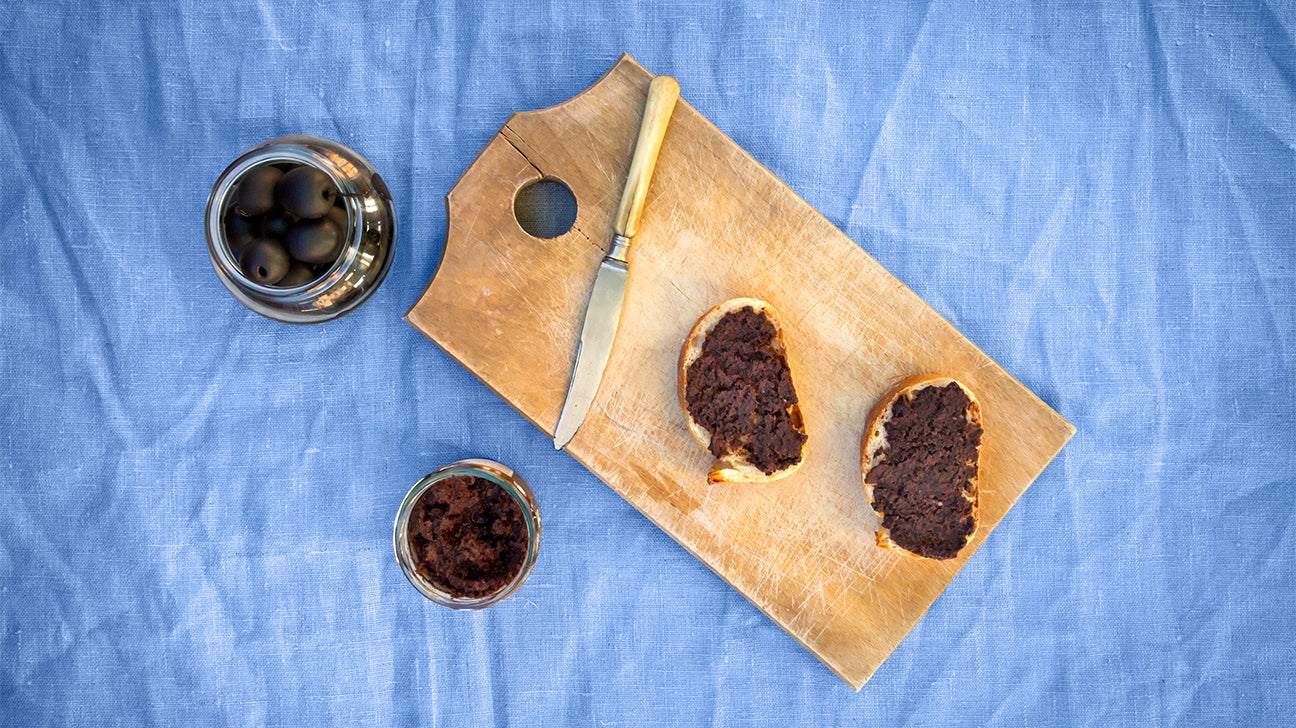Home chefs love wood cutting boards because they are durable and reliable. Wood boards are attractive, won’t dull your knives, and they do not easily contaminate or harbor harmful bacteria. The biggest misconception about wooden boards is that they are hard to clean and maintain. Sure, you shouldn’t put them in the dishwasher, but cleaning a wood cutting board isn’t hard at all. Learn how to clean a wooden cutting board and make it last a lifetime with these easy methods.

Daily cleaning
Wood cutting boards need to be hand washed. After use, wash them with a bit of dish soap, rinse the board in hot water, wipe clean, and allow to dry upright. That’s it—it takes way longer for your plastic board to go through your dishwasher’s wash cycle.
If you are worried about bacteria lingering after you cut raw meat, no need to despair. Wood, especially hardwood, is naturally anti-microbial. The capillaries in the wood grain pull fluids down into the board, trapping the bacteria—which are killed off as the board dries after cleaning.
Deep cleaning and disinfecting
Every few weeks, the wood board should be deep cleaned and disinfected. There are a few methods you can use for deep cleaning.
Lemon and Salt: This method is good at removing stains and getting your board properly clean. Sprinkle the board with coarse salt, such as kosher salt. Cut a lemon in half (or use the one you juiced for dinner). Rub the fleshy side of the lemon onto the salt-covered board. Allow the salt and lemon solution to sit for about five minutes. Rinse off the salt and lemon with hot water and dry the board upright.
Vinegar: White vinegar will not only clean your board, but it will help distinct it too. Mix one part white vinegar to four parts water (or you can use hydrogen peroxide) and soak your cutting board in the solution for a few minutes, then rinse off and dry. Do not soak the board overnight or even an hour because of stubborn stains. If there is a persistent stain, try sprinkling baking soda on the board, then gently scrub. If that doesn’t work, it’s time to use something more heavy-duty.
Bleach: Using bleach on your cutting board isn’t as scary as it sounds. You will be using a diluted bleach solution. Add one tablespoon of bleach to a gallon of water. Soak the board in the solution for a few minutes. Then rinse and dry it off. The bleach solution should take care of any lingering stains.
How to maintain your wood cutting board
Wood cutting boards need a little TLC to avoid cracking, drying, and warping. Keeping your board properly oil is absolutely essential to keep the wood’s anti-microbial properties intact. The oils occupy the space in the wood fibers. This prevents water from entering the wood, which can cause cracks and splits. Also, bacteria love to hide and multiply in these little crevices. So, preventing your board from having small fractures is the best way to keep your cutting board sanitary.
Oil the board once a month after disinfecting. Only use food-grade mineral oil—any other types of fats, such as olive oil or animal-based fats, can spoil and cause your board to have an unpleasant odor and attract bacteria. Apply a thin coat of oil to the entire surface of the board (front, back, and sides). Use a soft cloth or paper towel to buff the oil into the wood cutting board, using a circular motion. Allow the oil to soak in for a few hours.
With proper cleaning and care, your wooden cutting board should serve you well for years to come!

0 Commentaires